For 11 years, families of 216 people who died in a stampede on September 30, 2008, outside a temple at Mehrangarh Fort in Jodhpur, are waiting to know who is responsible for the tragedy. But on July 29 this year, the Rajashan cabinet decided that the report of the inquiry committee set up in 2008 will not be made public.
“My brother Dilip was only 17 when he died in the tragedy. So many others like me lost their brothers. Is it wrong to know who was responsible for the incident?” asks Dhanno, a resident of Masooriya area.
The families formed an organisation to bring closure to the case and ensure that the guilty were booked.
The Mehrangarh Dukhantika Sangharsh Samiti has been fighting to expose the guilty whom it alleges the government is trying to save.“The report was submitted in 2011. Since then, we have been protesting for it to be made public. At least tell us who is responsible for my son’s death,” says Gaje Singh who lost his 23-year-old son Pradyumna in the tragedy.
A former Railway employee, Singh says his son wanted to do so much in life. “We know the government wants to save the powerful people. We have given memorandums, held protests, burnt effigies but the government just doesn’t seem bothered about us,” he said.
The Mehrangarh Dukhantika Sangharsh Samiti went to the Rajasthan High Court in 2017 against the government decision to sit over the inquiry report.
The court has sought the report in a sealed envelope after two cabinet sub-committees and the state cabinet decided that the report of the commission and its contents can neither be made public nor be placed before the legislature of the state.
“The government spent Rs 196.44 lakh on the commission for three years and when it submitted its report, it wants to be bury it. Government says it is against the public interest. We wonder whose interest the government is trying to save,” said Manaram, secretary of the Mehrangarh Dukhantika Sangharsh Samiti.
He said since 2011, the samiti has met the chief minister and ministers more than 50 times to demand that the report be made public and action be taken against the guilty but to no avail. “In the end, we were left with no alternative but to approach court. We are hopeful that the judiciary will get us justice,” added the man who lost his son, Gyanchand, in the stampede.
“If the government did not plan to make its report public, what was the point in setting up an inquiry commission?” asks Vijay Rao, who is associated with the samiti.
The committee members laid a siege to the state Assembly on March 6, 2013. The then chief minister announced a financial package for the families on March 14, 2013. “We do not need financial package, but want only and only justice,” Rao said.
Gulab Chand Kataria, who headed the first cabinet sub-committee and was the then home minister, said the commission was a judicial commission. Shanti Dhariwal, the current home minister, on the other hand said it was an administrative inquiry and it was formed without the approval of the cabinet.
“The commission was formed under the Commissions of Inquiry Act and I submitted my report under the Act. I don’t want to comment on what the governments are saying,” said Justice Jasraj Chopra who probed the stampede.

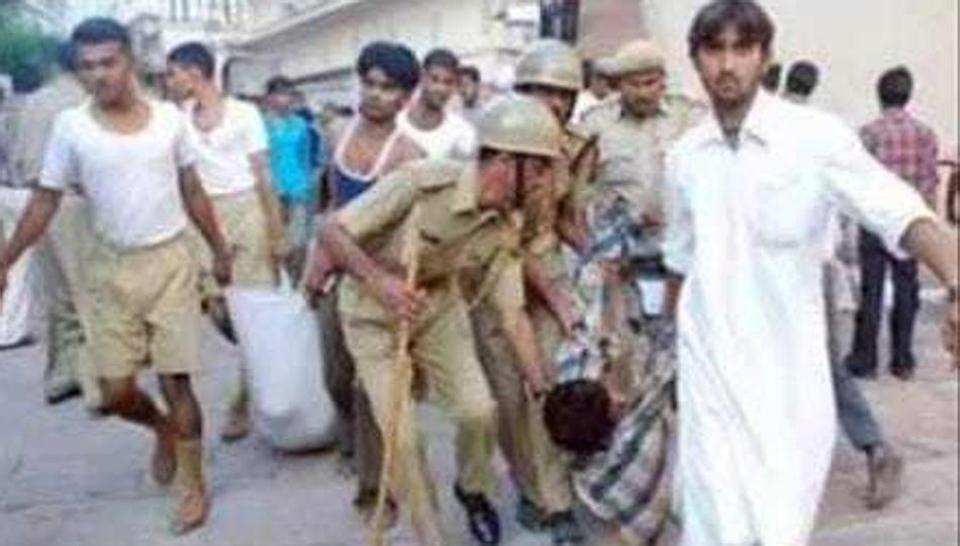
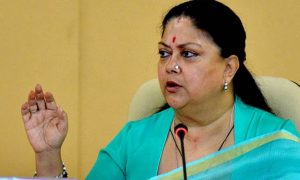

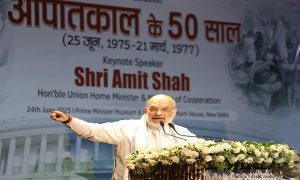



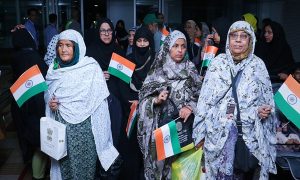

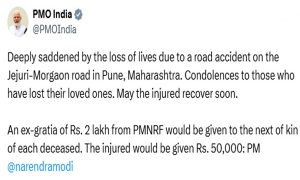











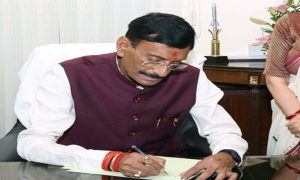

 WhatsApp us
WhatsApp us